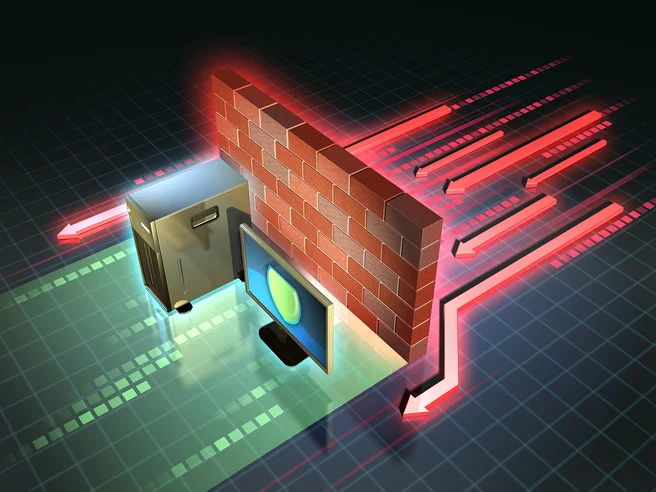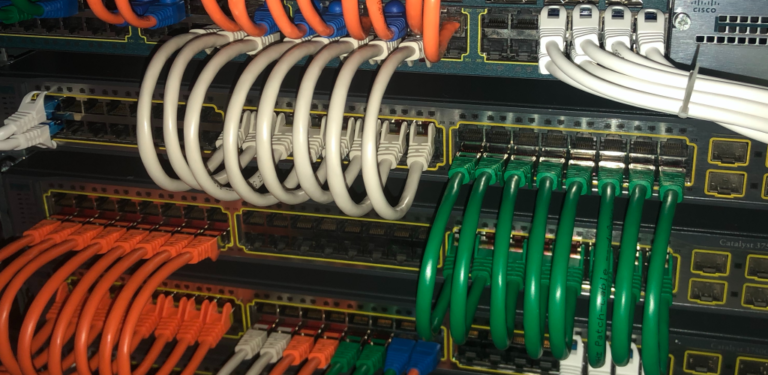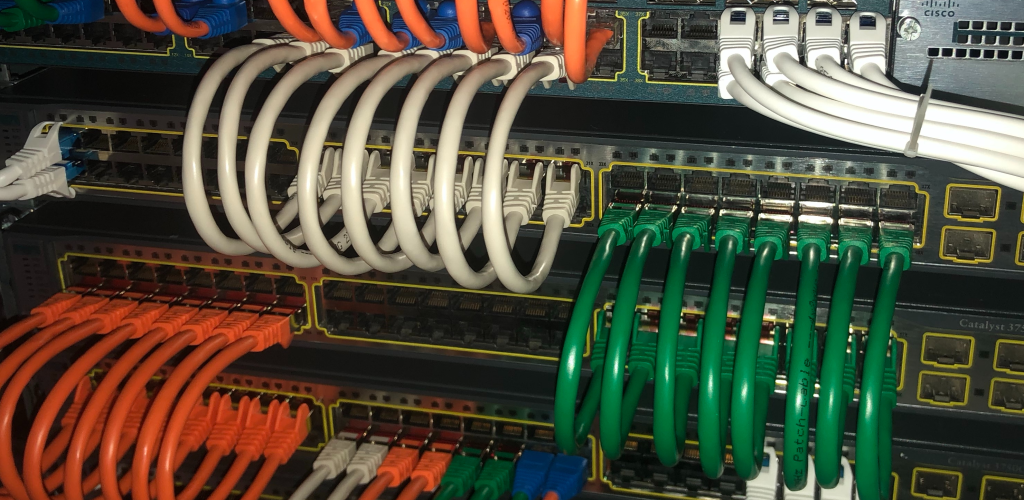The fifth generation of wireless technology, known as 5G, is poised to transform connectivity and communication. 5G offers ultra-fast speeds, low latency, and extensive connectivity, enabling innovation across various industries. Future networking advancements will incorporate artificial intelligence, edge computing, and the Internet of Things (IoT), further enhancing network capabilities and facilitating novel applications and services.
5G and subsequent technologies will significantly influence the digital landscape. The implementation of 5G networks will enhance mobile experiences for users and enable new applications in autonomous vehicles, smart cities, and healthcare. Beyond 5G, emerging technologies will continue to expand the possibilities of connectivity, creating a world of ubiquitous and intelligent connections.
This article will examine Cisco’s contributions to 5G technology and its role in shaping the future of networking. Additionally, it will explore the impact of 5G on networking infrastructure and discuss the challenges and opportunities associated with this technological advancement.
Key Takeaways
- 5G is the next generation of wireless technology, promising faster speeds, lower latency, and greater connectivity for a wide range of devices.
- Cisco is heavily invested in the development and deployment of 5G technology, providing infrastructure and solutions to support the transition to 5G networks.
- The impact of 5G on networking is significant, as it enables new use cases and applications, such as IoT, smart cities, and autonomous vehicles, that require reliable and high-speed connectivity.
- Cisco plays a crucial role in shaping the future of networking by driving innovation, standardization, and collaboration within the industry.
- The era of 5G presents both challenges and opportunities, such as security concerns, network complexity, and the potential for new business models and revenue streams.
Cisco’s Contribution to 5G
Enabling Seamless 5G Transition
From its advanced routing and switching technologies to its software-defined networking (SDN) solutions, Cisco has been working to enable the seamless transition to 5G for service providers around the world.
Shaping 5G Standards and Protocols
In addition to its hardware and software offerings, Cisco has been actively involved in shaping the standards and protocols that underpin 5G technology. Through its participation in industry organizations and standards bodies, Cisco has been working to ensure that 5G networks are interoperable, secure, and reliable.
Unlocking the Full Potential of 5G
With its comprehensive portfolio of products and services, Cisco is well-positioned to help service providers and enterprises harness the full potential of 5G and beyond.
The Impact of 5G on Networking

The advent of 5G is set to have a profound impact on networking, ushering in a new era of connectivity and innovation. With its significantly higher data rates and lower latency, 5G will enable a wide range of new applications and services that were previously not feasible. From immersive virtual reality experiences to real-time remote control of industrial equipment, 5G will unlock new possibilities across industries.
In addition, the massive connectivity enabled by 5G will pave the way for the widespread adoption of IoT devices, creating a network of interconnected sensors and devices that can provide valuable insights and automation. Furthermore, 5G will also drive the evolution of edge computing, bringing processing power closer to the point of data generation. This will enable real-time decision-making and analysis at the edge of the network, reducing latency and improving overall performance.
As a result, networking architectures will need to adapt to support these new requirements, with a greater emphasis on distributed computing and edge infrastructure. In this new era of networking, Cisco’s expertise in areas such as SDN, cloud computing, and cybersecurity will be crucial in enabling the seamless integration of 5G into existing networks.
Cisco’s Role in Shaping the Future of Networking
As we look towards the future of networking, it is clear that Cisco will continue to play a central role in shaping the digital landscape. With its extensive portfolio of networking solutions and deep industry expertise, Cisco is well-positioned to address the evolving needs of service providers and enterprises in the era of 5G and beyond. Cisco’s commitment to driving innovation in areas such as SDN, cloud computing, and cybersecurity will be instrumental in enabling the seamless integration of 5G into existing networks.
Furthermore, Cisco’s focus on open standards and interoperability will be crucial in ensuring that 5G networks are able to support a wide range of applications and services. By working closely with industry partners and standards bodies, Cisco is helping to define the future of networking and ensure that it is able to meet the demands of an increasingly connected world. With its vision for an intelligent, secure, and automated network infrastructure, Cisco is well-positioned to lead the way in shaping the future of networking in the era of 5G.
Challenges and Opportunities in the Era of 5G
While the promise of 5G is immense, it also brings with it a unique set of challenges and opportunities for service providers and enterprises. One of the key challenges lies in the deployment of 5G networks, which requires significant investment in infrastructure and spectrum. Service providers will need to navigate complex regulatory environments and make strategic decisions about where to deploy 5G first.
In addition, they will need to ensure that their existing networks are able to seamlessly integrate with 5G technology, requiring careful planning and coordination. Furthermore, the increased connectivity enabled by 5G will also bring new security risks that need to be addressed. With a larger attack surface and more devices connected to the network, service providers and enterprises will need to invest in robust cybersecurity measures to protect against potential threats.
However, these challenges also present opportunities for innovation and growth. The widespread adoption of 5G will create new revenue streams for service providers and enable new business models for enterprises. From smart cities to industrial automation, 5G will unlock new possibilities for innovation and transformation across industries.
The Evolution of Networking Technologies

The Rise of AI and ML in Networking
Beyond 5G, emerging technologies such as artificial intelligence (AI) and machine learning (ML) will play an increasingly important role in shaping the future of networking. AI-powered network management tools will enable service providers and enterprises to automate routine tasks and optimize network performance, leading to greater efficiency and reliability.
Real-time Insights and Edge Computing
In addition, ML algorithms will be used to analyze network data in real-time, providing valuable insights into network behavior and performance. Furthermore, edge computing will continue to gain prominence as a key enabler of new applications and services. By bringing processing power closer to the point of data generation, edge computing will reduce latency and enable real-time decision-making at the edge of the network.
A Shift Towards Distributed Network Architectures
This will require a shift towards more distributed network architectures that can support the unique requirements of edge computing. As networking technologies continue to evolve, Cisco is well-positioned to drive innovation in areas such as AI-powered networking, edge computing, and cybersecurity.
Cisco’s Vision for the Future of Networking
In conclusion, Cisco’s vision for the future of networking is one that is intelligent, secure, and automated. With its extensive portfolio of networking solutions and deep industry expertise, Cisco is well-positioned to address the evolving needs of service providers and enterprises in the era of 5G and beyond. By driving innovation in areas such as SDN, cloud computing, AI-powered networking, edge computing, and cybersecurity, Cisco is helping to shape the future of networking in an increasingly connected world.
As we look towards the future, it is clear that networking technologies will continue to evolve at a rapid pace. Beyond 5G, emerging technologies such as AI, ML, and edge computing will play an increasingly important role in shaping the future of networking. With its commitment to open standards and interoperability, Cisco is helping to define the future of networking and ensure that it is able to meet the demands of an increasingly connected world.
In this new era of networking, Cisco’s expertise will be crucial in enabling the seamless integration of 5G into existing networks and unlocking new possibilities for innovation and transformation across industries.
If you’re interested in learning more about networking protocols, you should check out this comprehensive CCNA study guide here. It covers a wide range of topics related to networking, including first-hop redundancy protocols, which are crucial for ensuring network reliability and availability. This guide is a valuable resource for anyone looking to deepen their understanding of networking concepts and protocols.
FAQs
What is Cisco’s role in the era of 5G and beyond?
Cisco is playing a crucial role in the era of 5G and beyond by providing networking solutions that support the increased demands for connectivity, speed, and reliability. Cisco is working on developing technologies that will enable the seamless integration of 5G networks with existing infrastructure and the future expansion of networking capabilities.
How is Cisco contributing to the development of 5G technology?
Cisco is contributing to the development of 5G technology by investing in research and development to create networking solutions that can support the high speeds and low latency of 5G networks. Cisco is also working on developing software-defined networking (SDN) and network function virtualization (NFV) technologies to enable the efficient deployment and management of 5G networks.
What are some of the key challenges in the era of 5G and beyond?
Some of the key challenges in the era of 5G and beyond include the need for increased network capacity, the management of massive amounts of data, the security of interconnected devices, and the integration of new technologies with existing infrastructure. Cisco is addressing these challenges by developing networking solutions that can handle the demands of 5G and beyond.
How is Cisco addressing the security concerns related to 5G and beyond?
Cisco is addressing the security concerns related to 5G and beyond by developing advanced security solutions that can protect networks, devices, and data from potential threats. Cisco is also working on implementing encryption, authentication, and access control mechanisms to ensure the security and integrity of 5G networks and the connected devices.
What are some of the future trends in networking that Cisco is focusing on?
Some of the future trends in networking that Cisco is focusing on include the adoption of artificial intelligence and machine learning for network automation and optimization, the expansion of edge computing capabilities to support the growing number of connected devices, and the development of technologies to enable the seamless integration of 5G networks with existing infrastructure. Cisco is also working on enhancing the scalability, flexibility, and reliability of networking solutions to meet the evolving demands of the digital era.













